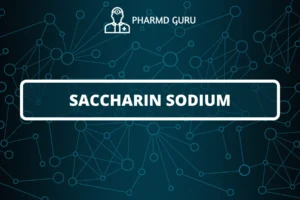REIMER TIEMANS REACTION: The Reimer-Tiemann reaction is a chemical reaction that involves the conversion of phenols to salicylaldehydes. It was discovered independently by Karl Reimer and Ferdinand Tiemann in the late 19th century. The reaction is commonly used in organic synthesis for the preparation of salicylaldehydes and related compounds.
SCROLL DOWN TO THE BOTTOM OF THIS PAGE FOR ACTUAL NOTES.
The general equation for the Reimer-Tiemann reaction is as follows:
ArOH + CHCl3 + OH^- → ArCHO + HCl + CO2 + H2O
In this reaction, ArOH represents a phenol, CHCl3 is chloroform, and OH^- represents a hydroxide ion. The reaction proceeds in the presence of a base, such as sodium hydroxide (NaOH), in an organic solvent.
The Reimer-Tiemann reaction involves several steps:
- Formation of dichlorocarbene: The chloroform (CHCl3) is deprotonated by the base (OH^-), generating the dichlorocarbene (CCl2) intermediate. This step is facilitated by the presence of a strong base and aprotic solvent.
- Addition of dichlorocarbene to phenol: The dichlorocarbene (CCl2) reacts with the phenol, resulting in the formation of an intermediate species known as a carbanion.
- Rearrangement and hydrolysis: The carbanion intermediate undergoes rearrangement and subsequent hydrolysis, leading to the formation of the salicylaldehyde product.
The Reimer-Tiemann reaction is useful for the synthesis of salicylaldehydes, which are important intermediates in the production of various pharmaceuticals, fragrances, and other fine chemicals. Salicylaldehyde itself is a precursor to salicylic acid, which is widely used in the production of aspirin and other medicinal compounds.
It’s important to note that the Reimer-Tiemann reaction can have side reactions, such as the formation of undesirable byproducts and further oxidation of the aldehyde product. Reaction conditions and optimization are necessary to achieve good yields and selectivity.
Overall, the Reimer-Tiemann reaction provides a useful method for the synthesis of salicylaldehydes and plays a significant role in organic synthesis and pharmaceutical chemistry.
ACTUAL NOTES:
PATH: PHARMD/PHARMD NOTES/ PHARMD FIRST YEAR NOTES/ ORGANIC CHEMISTRY/ PHARMACEUTICAL ORGANIC CHEMISTRY/REIMER TIEMANS REACTION.




